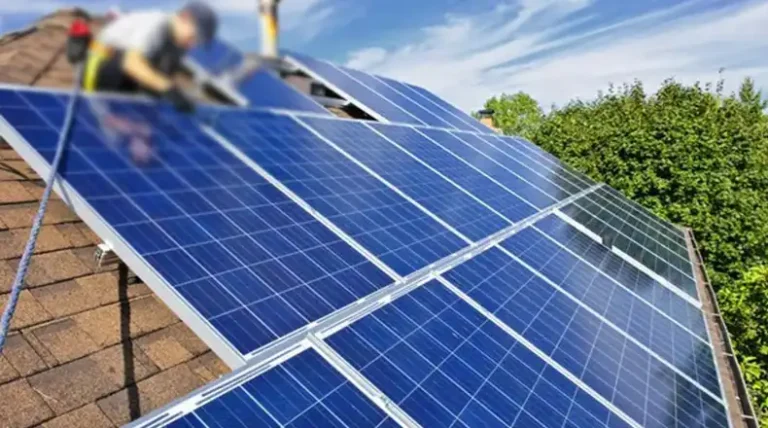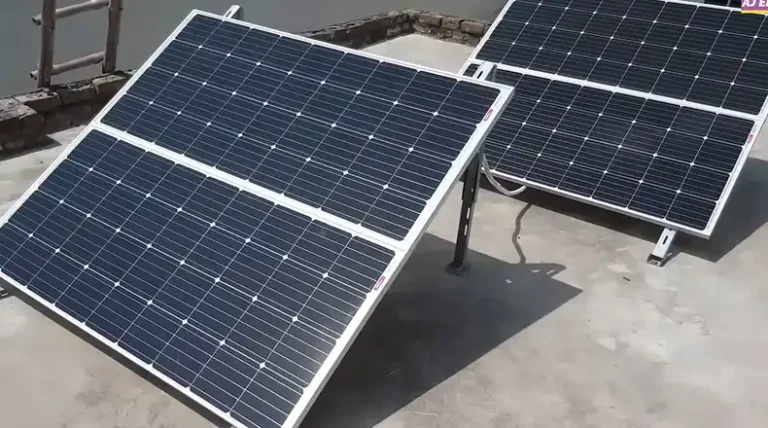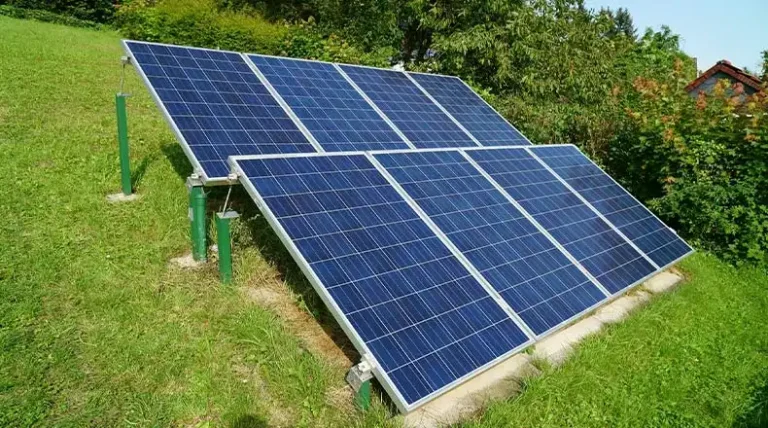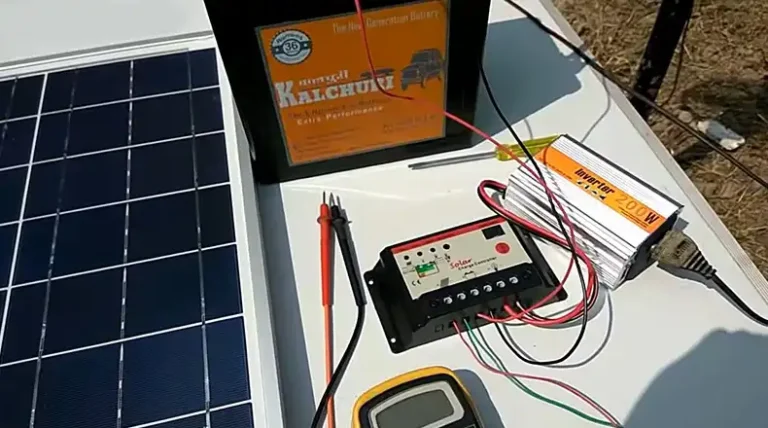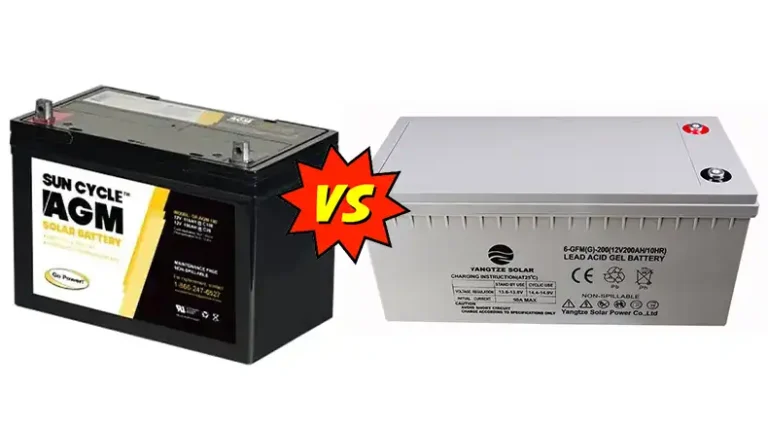How to Keep Sun Synk Batteries Warm?
Installing solar panels and using Sun Synk batteries to store energy is a great way to utilize renewable energy. However, lithium-ion batteries like the Sun Synk models perform best at room temperature. In cold weather climates, the batteries can lose capacity and drain faster. Keeping your Sun Synk solar storage batteries warm is important for optimal performance. In this article, I’ll explore different ways to keep Sun Synk batteries warmer in winter.
As a battery discharges, it generates heat. But in frigid conditions, this isn’t enough to sufficiently warm the cells. Cooler battery temperatures slow down the chemical reactions needed for charging and discharging. This reduces overall battery capacity and available output. Taking steps to insulate and warm your Sun Synk lithium-ion batteries will help them function better in cold weather.
Let’s look at some effective techniques for maintaining warmer battery bank temperatures as the weather cools.
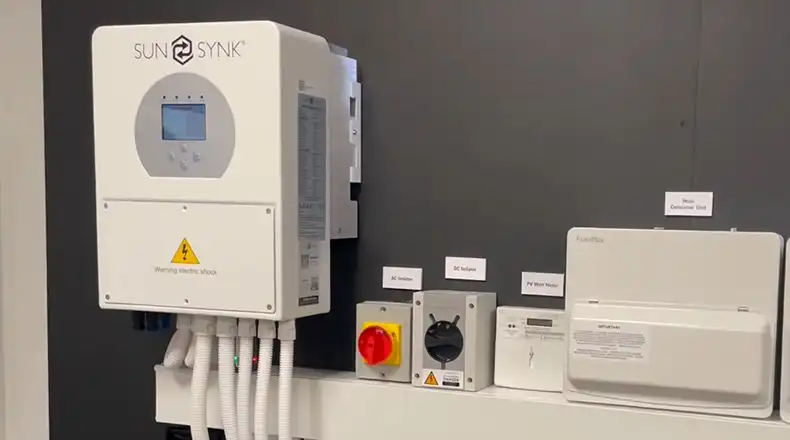
Different Ways for Keeping Sun Synk Batteries Warmer
Sun Synk batteries are designed to operate within a specific temperature range to ensure optimal performance and longevity. This range is typically between -20°C (-4°F) and 55°C (131°F). However, the most ideal temperature range for these batteries is between 0°C (32°F) and 35°C (95°F). So, if the temperature goes down -20°C then the following things can help you out to keep the battery safe.
Here are some of the top methods to retain heat in your Sun Synk off-grid solar batteries when temperatures start dropping:
Heat the Garage
One of the easiest ways to keep batteries warmer is heating the space where they are located. Sun Synk batteries are often installed in garages or basements. Maintaining the room temperature above 50°F will help prevent severe battery capacity loss. Consider running an energy-efficient portable electric heater to heat the battery bank area during the coldest months.
Wrapping the Batteries with Pads
Insulating battery cases is an effective way to reduce heat loss to the surrounding air. Individually wrap each Sun Synk battery in a heating pad or insulated blanket designed for batteries. Make sure to use only UL-certified products to avoid potential fire hazards. The insulation layers add a barrier that retains heat while allowing access to terminals.
Enclose the Area
Building an insulated enclosure around the Sun Synk battery bank keeps interior temperatures more stable. Use rigid foam insulation boards or weatherproof panels to create a sealed box around the batteries. Install a thermostatically controlled heater inside the enclosure for heating when needed. The enclosed space traps heat while protecting batteries from frigid exterior air.
Limit Ventilation
While ventilation is important for preventing gas buildup in warmer months, allowing freezing external air to flow over the batteries will sap heat in winter. Limit ventilation by sealing battery box vents and using recirculating fans to homogenize interior air temperatures rather than exchanging heat with outside air.
Store Batteries Off Concrete
Concrete floors and walls will pull heat away from batteries through conduction. Instead, use an insulated rack or wood shelf to provide an insulating barrier underneath the battery bank. Raising batteries off cold concrete surfaces will help retain more heat around the units.
Insulate the Battery Bank Area
Applying insulation around the perimeter of the battery bank slows heat transfer to exterior walls and ceilings. Use rigid foam boards, fiberglass batts, or spray foam to insulate walls and ceilings around the battery installation area. This creates a warmer microclimate enclosure.
Use a Frost Protection Heater Beneath Batteries
Install an electric frost protection heater underneath the battery bank mounting rack. These thermostatically controlled heaters only power on when the temperature drops below a set point. Mounting the heater below the batteries causes rising warm air to naturally circulate around the units. Position a foam board between the heater and the concrete floor for insulation.
You can also go for battery heaters which are made for keeping the battery warmer in the cold weather.
Can Cold Temperatures Damage Sun Synk Batteries?
Yes, cold temperatures can damage Sun Synk batteries if they are repeatedly exposed to them. While a single cold snap is unlikely to cause any permanent damage, allowing the batteries to drop below their ideal operating range on a regular basis can shorten their lifespan.
The reason for this is that the chemical reactions that take place inside lithium-ion batteries are slowed down when the batteries are cold. This can lead to a number of problems, including:
- Reduced battery capacity: When a battery is cold, it can only store a fraction of its usual amount of energy. This means that a cold Sun Synk battery will not be able to power your appliances for as long as a warm one.
- Reduced battery power output: Cold batteries also produce less power than warm batteries. This means that your appliances may not run as efficiently or at all when the batteries are cold.
- Increased battery wear and tear: The chemical reactions inside a battery generate heat. When the battery is cold, these reactions slow down, which can lead to increased wear and tear on the battery’s internal components.
In extreme cases, cold temperatures can even cause Sun Synk batteries to fail completely. However, this is relatively rare, and most batteries will recover once they are warmed up.
Wrapping Up
Keeping your Sun Synk solar energy storage batteries warm is crucial for optimal performance, especially in cold climates. Allowing battery temperatures to drop excessively low during winter months can substantially reduce capacity and available power. By insulating batteries, heating battery compartments, and elevating off cold surfaces, you can effectively retain heat around the Sun Synk bank. With proper heating and insulation, your batteries will continue providing backup power reserves even when the weather turns frigid.

